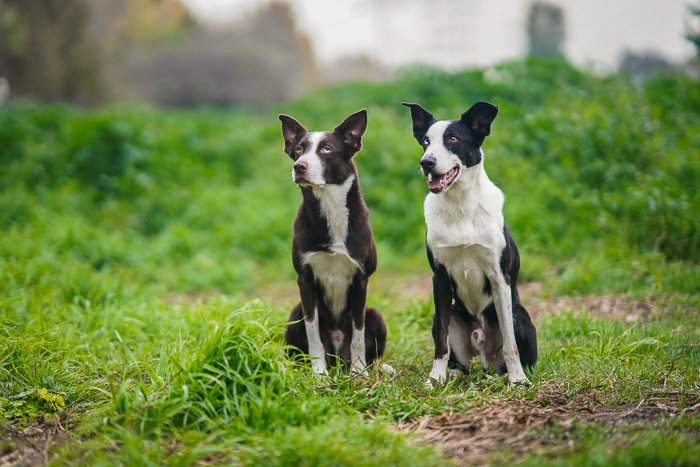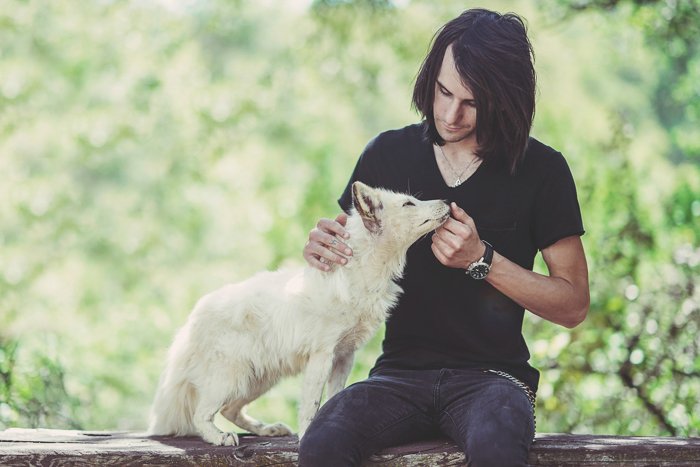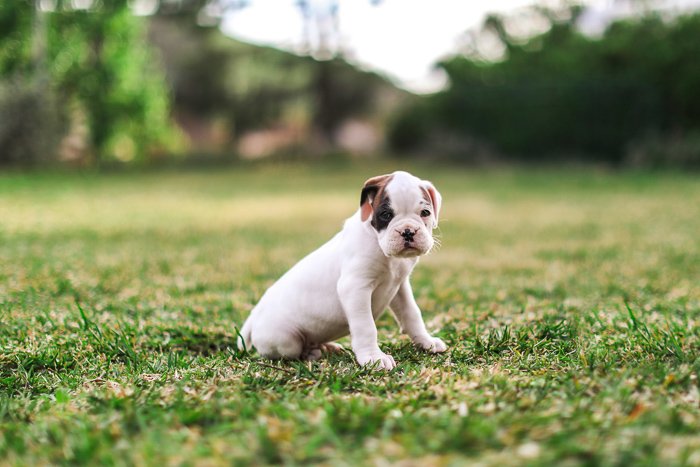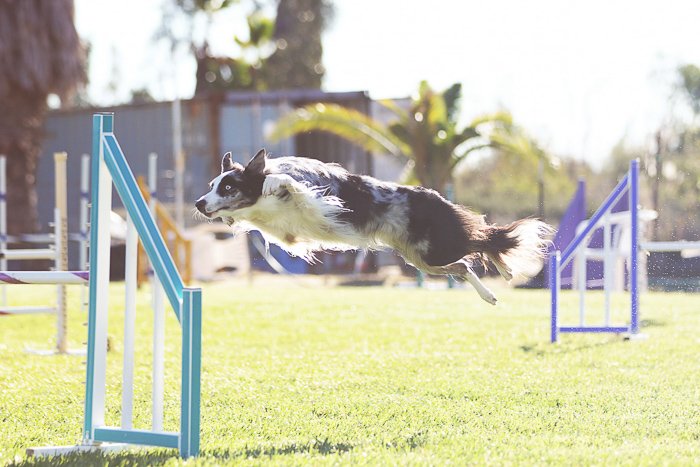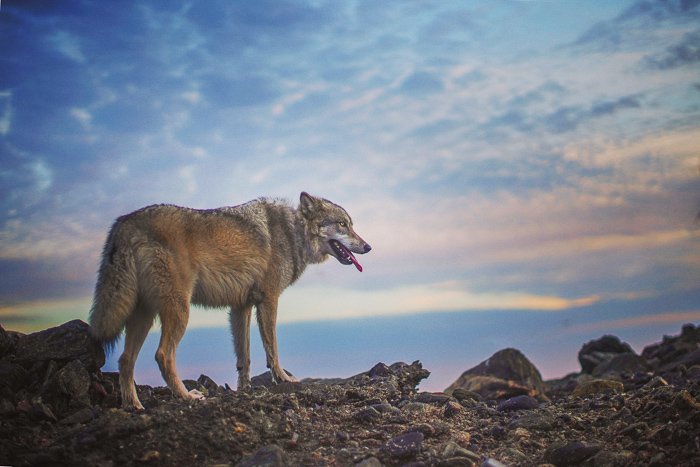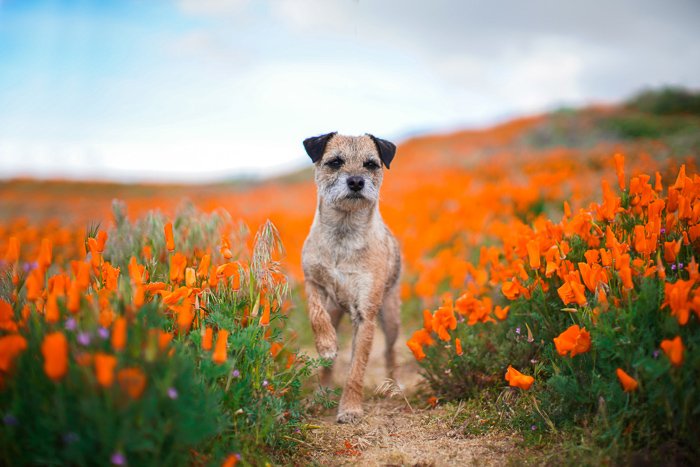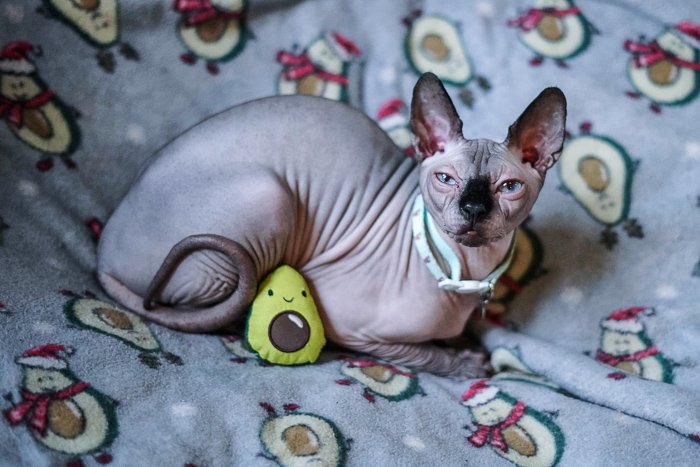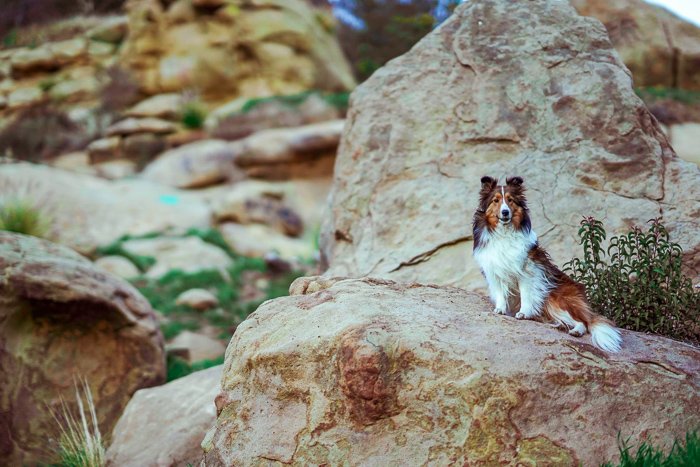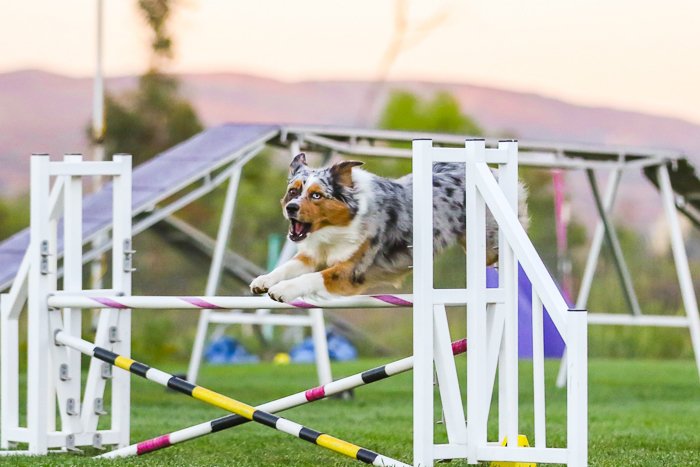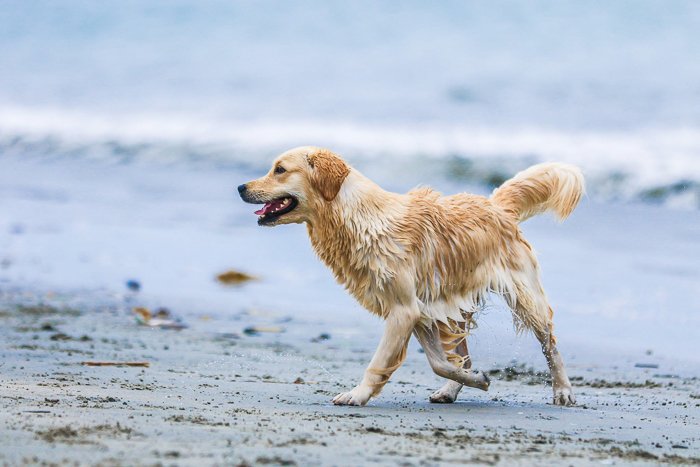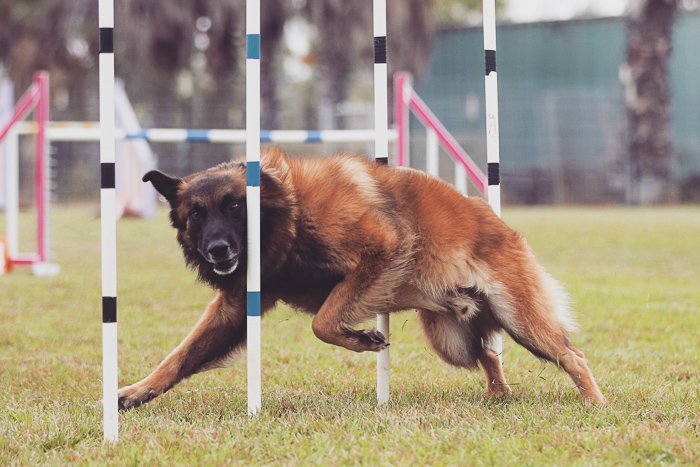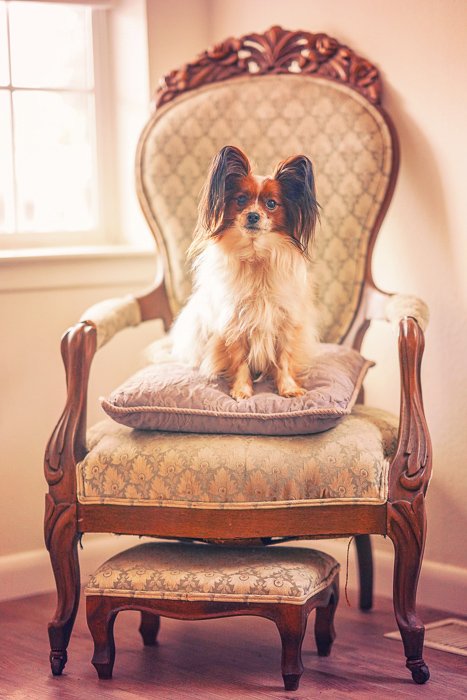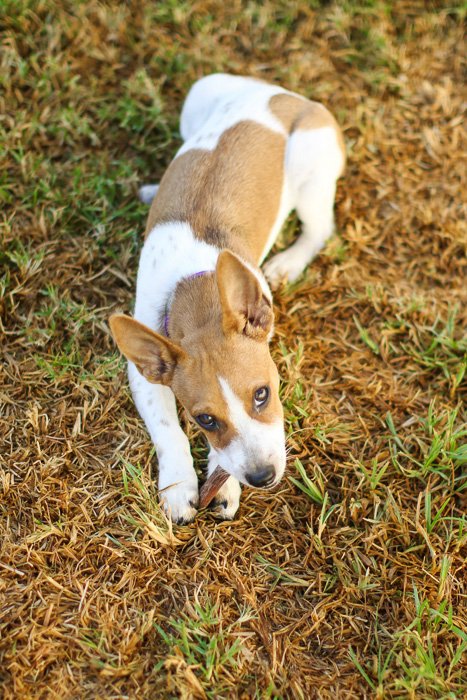Introduction
If you’re like most people, you love your pets and enjoy capturing their adorable moments through photographs. However, taking the perfect photo of your furry friend can be a challenge. In this comprehensive article, we will provide you with top tips on how to photograph pets and capture their unique expressions. Additionally, we will guide you on ensuring your pet feels comfortable in front of the camera. Read on to discover all the information you need to take amazing photos of your beloved pet!
What Is Aperture and How Can It Be Used to Photograph Pets?
The aperture refers to the window in your camera lens that controls the amount of light that enters the camera’s sensor. This essential component works similar to the human eye.
On a lens, the aperture is indicated by the f-stop number. If you examine your lens, you will notice the focal length, represented by the millimeter number, followed by the f-number. The number following the “F” signifies the widest point to which the aperture can be opened. Interestingly, smaller f-stop numbers indicate wider apertures.
Photographers often refer to lenses with wide apertures as “fast lenses.” These lenses allow a specific amount of light to reach the camera’s sensor more quickly than lenses with narrower apertures. Many professional pet photographers prefer using fast lenses to capture stunning pet photographs.
How Does Aperture Affect the Image?
The aperture’s primary function is to control the amount of light entering the camera. However, it also has other notable effects on the image. Wide apertures, in particular, result in a shallow depth of field.
The depth of field refers to the amount of the image that appears in focus. Shallow depths of field occur when only a small area of the frame is in focus, while the remaining background or foreground is blurred. This technique is popular in pet photography to draw attention to the subject, such as a dog, while creating a pleasing bokeh effect.
In contrast, deep depths of field result in more of the image being in focus. This is useful when capturing expansive landscapes or when photographing animals engaged in action, such as a horse running through a field.
In general, wider apertures lead to shallower depths of field, while narrower apertures result in deeper depths of field.
Shallow Depth of Field
Shallow depths of field are currently popular in pet photography for several reasons. Photographers often utilize wide apertures to overcome challenges associated with photographing pets in difficult locations.
- Backgrounds: With a shallow depth of field, any distracting elements in the background can be beautifully blurred, creating a creamy bokeh effect.
- Dog Sports: Sports like canine agility often feature colorful obstacles that can distract from the main subject. By using a shallow depth of field, photographers can isolate the dog, making the photograph more captivating.
- Detail Shots: Detail shots, such as close-ups of a cat’s unique markings or a dog’s paws, can be beautifully captured with shallow depths of field. This technique allows the focus to rest solely on the subject while minimizing distractions from the background.
- Dreamy Impressions: Wide apertures can help create a dream-like or soft focus effect, adding an ethereal quality to pet photographs. This technique gives the impression of a more stoic and dreamy portrayal of the subject.
One potential challenge of using shallow depths of field is the focus issue. When shooting with a wide-open aperture, the focal plane becomes narrow. Any slight deviation from the focal plane can result in an out-of-focus photo. It’s important to consider the subject’s distance and adjust your technique accordingly to accommodate the small focal plane.
Deep Depth of Field
In contrast to shallow depths of field, deep depths of field capture a greater portion of the image in focus. This technique is useful when photographing pets, especially in beautiful locations where the scenery complements the subject.
The primary benefit of deep depth of field is that achieving focus becomes easier. When everything is in focus, there are no sharpness or focus issues to worry about. This is particularly advantageous when photographing animals in motion, as it can be challenging to maintain focus with shallow apertures unless your camera has excellent tracking focus capabilities.
Pet photographers often use deeper depths of field when capturing shots of dogs catching treats. This technique ensures that both the treat and the dog’s mouth are in sharp focus.
Aperture and Natural Light
The aperture settings of your camera directly affect the amount of light intake. Wider apertures allow more light in, while narrower apertures restrict the amount of light.
Understanding the interplay between aperture, ISO, and shutter speed is important for achieving the desired brightness or darkness in your photographs, especially when shooting in natural light settings.
The ideal time of day for natural light photography is known as the golden hour. This encompasses the first hour after sunrise and the last hour before sunset. During this time, the position of the sun relative to your subjects creates neutral lighting conditions without overly bright highlights or dark shadows.
In ideal natural light conditions, photographers have the flexibility to use both shallow and deep depths of field with ease.
Overcast or cloudy conditions offer similar benefits to the golden hour, as the cloud cover acts as a giant softbox diffuser, providing more even lighting.
When photographing in rainy conditions, the frame may appear darker and cluttered with raindrops. Shallow depths of field work well in these situations to focus attention on the subject.
Photographing in bright sunlight, particularly during high noon when the sun is directly overhead, can make it challenging to achieve a shallow depth of field. However, using tinted filters, such as neutral-density filters, can help darken the lens and allow for wider apertures without overexposing the image. Deep depth of field, on the other hand, can be achieved without any filters in bright sunlight.
Indoor photography often involves photographing in someone’s home, which may have clutter or distracting furniture. In these cases, photographers generally use shallower apertures to blur out these distractions and create a pleasing bokeh effect.
Aperture and Studio Light
Photographing in a studio setting provides greater control over lighting conditions, as artificial light sources can be manipulated to suit the desired effect.
If you are using continuous lighting in the studio, shallow depths of field are usually preferred. Continuous lights, such as lamps, may not be as bright as other lighting sources, making it difficult to achieve deep depth of field.
Alternatively, when using strobe lights in the studio, deeper depths of field can be employed. Strobes provide intense bursts of light, allowing for greater control over the aperture setting without overexposing the image.
Conclusion
By understanding and utilizing aperture settings, you can enhance your pet photography skills and capture stunning images of your furry friends. Remember that depth of field is a spectrum, and you can adjust it as per your creative vision. Whether you opt for shallow or deep depths of field, consider the lighting conditions and the story you want to convey through your photographs. With the knowledge gained from this article, you are well-equipped to choose the appropriate aperture settings for your pet photography adventures.
The article is compiled and compiled by tipcamera.com


